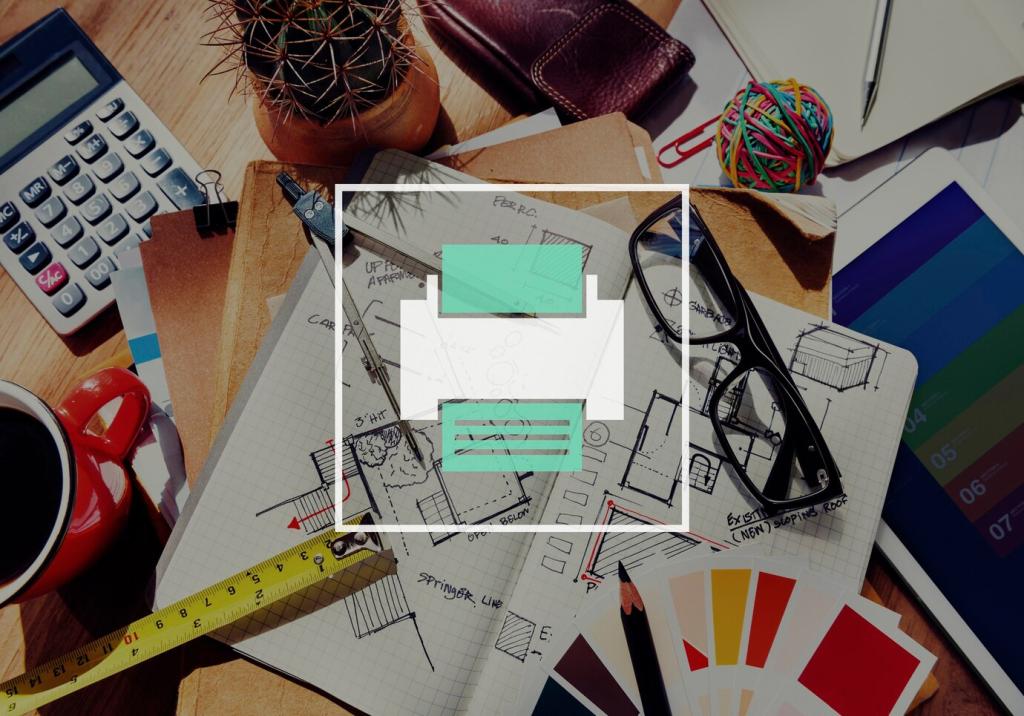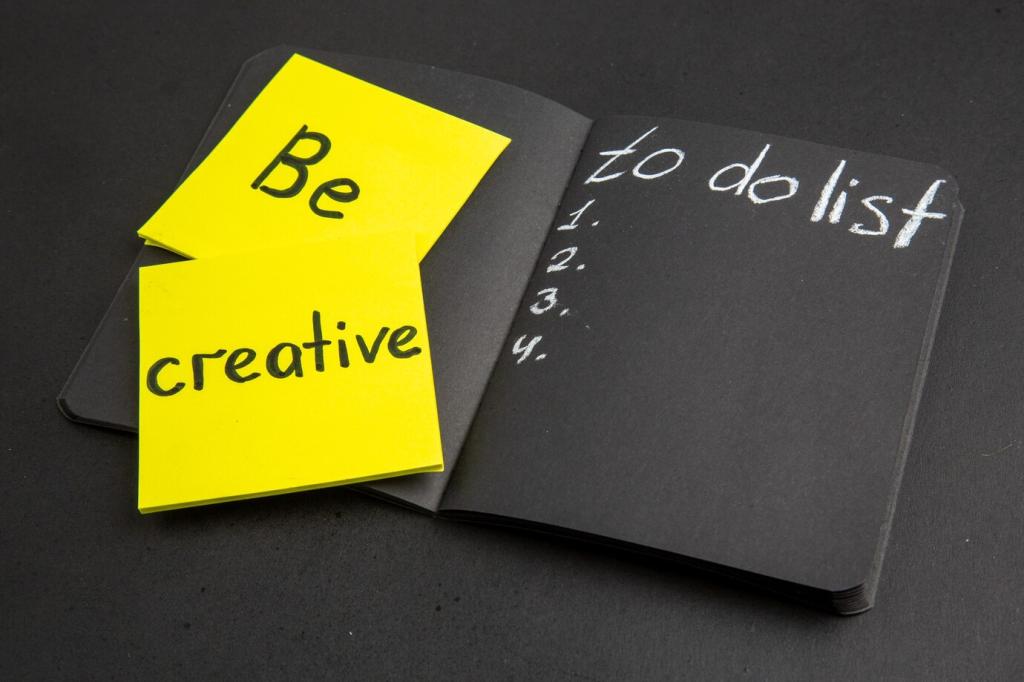Translating Aesthetics into Language
Match finishes to language: linen invites airiness and quiet pauses; honed stone suggests calm permanence; patinated brass signals time-warmed elegance. Build a glossary so every material cues consistent descriptors and verbs that reinforce brand voice.
Translating Aesthetics into Language
Cool daylight reads as refreshing clarity; candlelit warmth evokes intimate solace. Translate these lighting moods into sentence length, punctuation, and pacing. Short, crisp lines for bright modernity; longer, flowing structures for enveloping, layered luxury.










